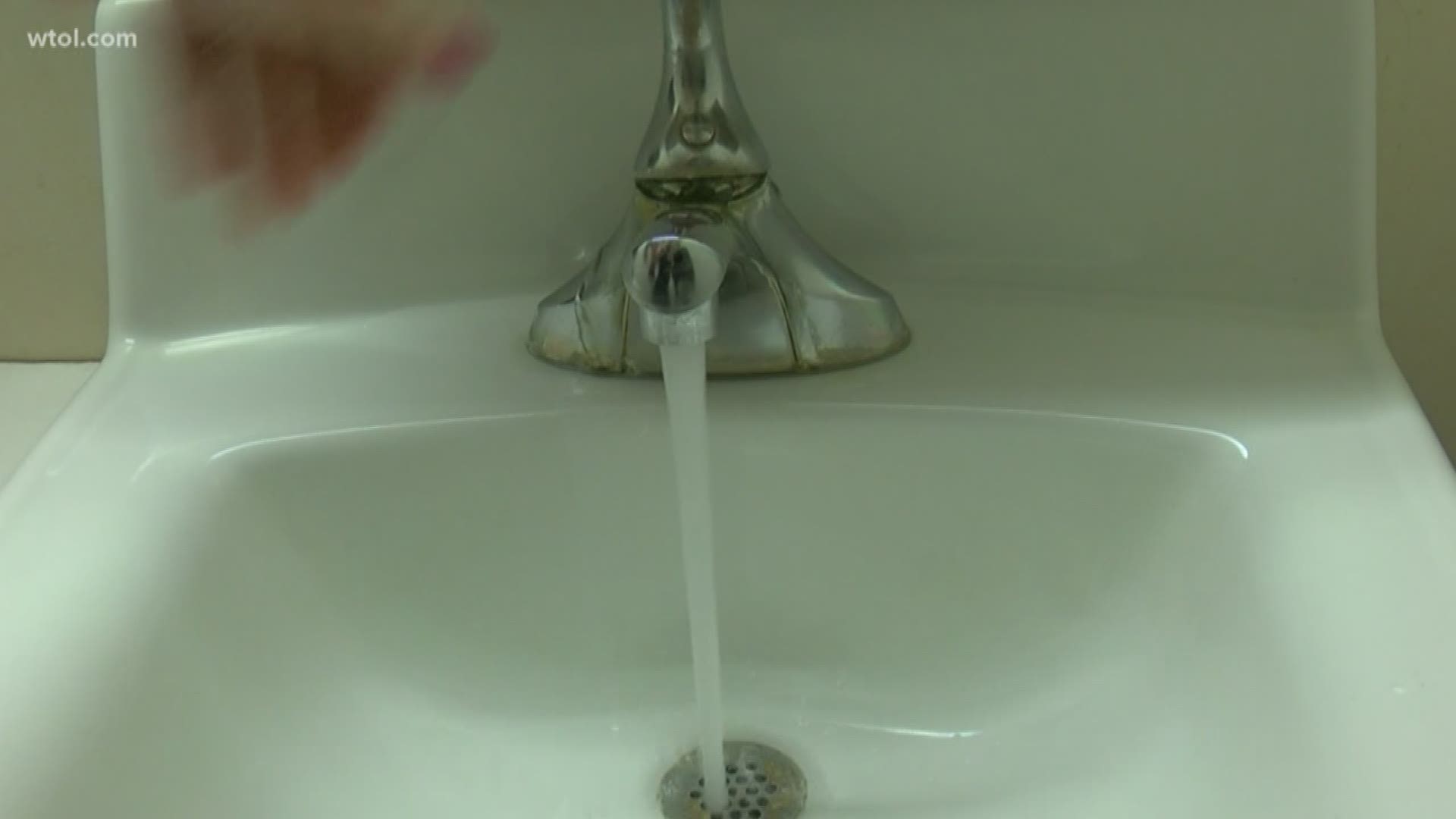OREGON, Ohio — Five years ago, on August 2, Toledoans were told they could not drink the water. It's a day several say they will never forget and a day leaders say changed the course of our future.
The City of Oregon has their own water plant and never lost water back in 2014. But they did step up to help during the crisis and now have technology they say will prevent future water issues.
Seeing Lake Erie during Harmful Algal Bloom season can be tough. Green algae on the surface or the water and then sloshing against the shore. The sight can bring back memories of 2014 and the water crisis, but Oregon officials say that's not the case.
"We'll never have a problem with that in our water,” said Doug Wagner, Oregon Water’s superintendent.
It's a statement they are proud of after living through the water crisis. A day they won't forget.
"It was very scary,” recalled Wagner. “We had already had an indication of what was going on so we had turned up the chemicals in our water to prevent falling into the same scenario. But I was very fearful for the people in the city of Toledo."
Oregon water avoided a crisis by intensifying their treatment and operating below the plant’s capacity. While they weren't impacted directly they did step in to help Toledo by testing water and supplying it as well. Since that day, they've made several improvements from the type of carbon they use, to new monitor systems and ozone. It was a $16 million investment that leaders say has literally eliminated their worry about how clean their water is.
"It's kind of like a giant game of space invaders,” said Oregon Water Superintendent Doug Wagner. “The algae or the toxins of course are the aliens and the ozone in less than a millisecond just seeks out and destroys those toxins and vaporizes them."
Oregon has had ozone for two years and says it's a game changer in the industry. Toledo is currently installing the system. It will essentially be an insurance policy that there is nothing harmful in the water you get from your faucet.
Oregon officials test the water at several different points of the treatment process multiple times a day. They can confidently say their water has never been safer or healthier.
"We exceed every regulation that they place on us and surpass them in every instance,” said Doug Wagner. “So, our water is clean, safe, healthy and it tastes good.”
They know the future is not as murky as the lake.

